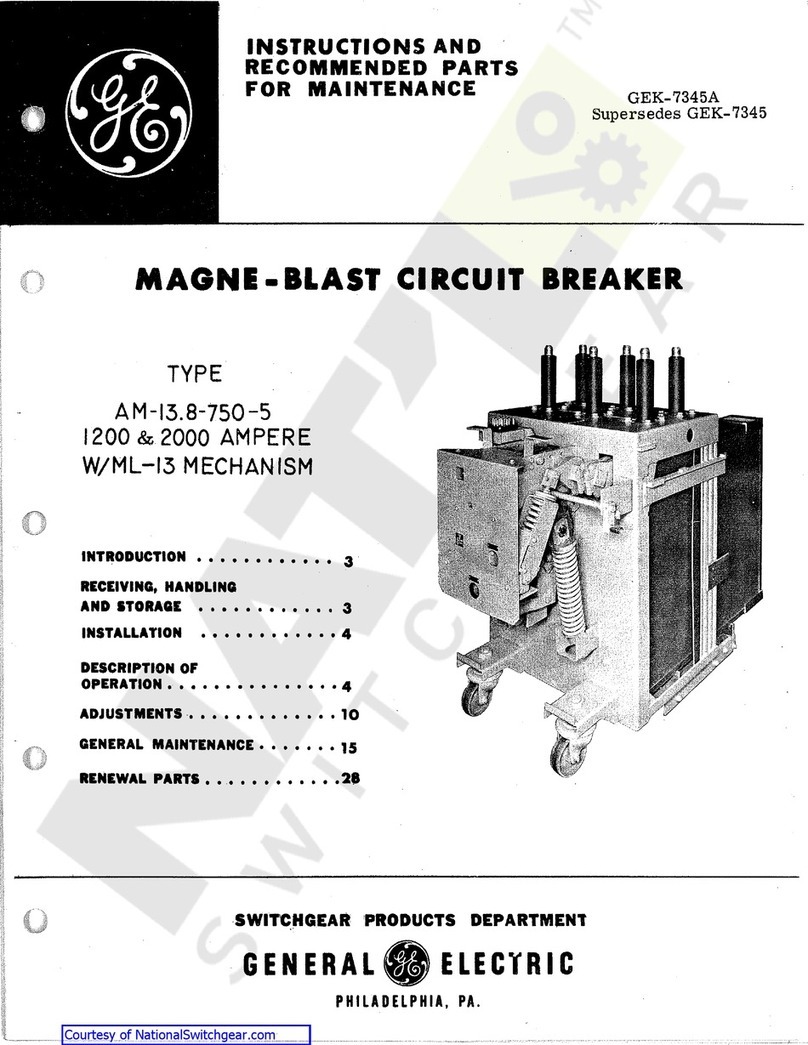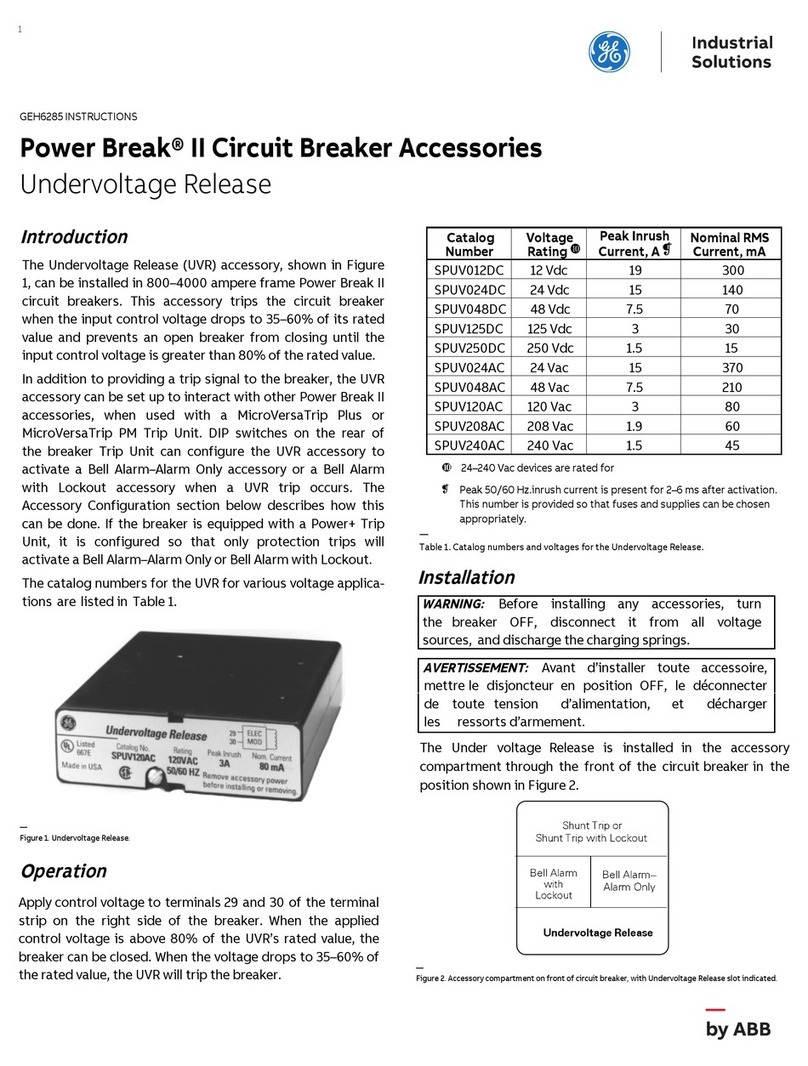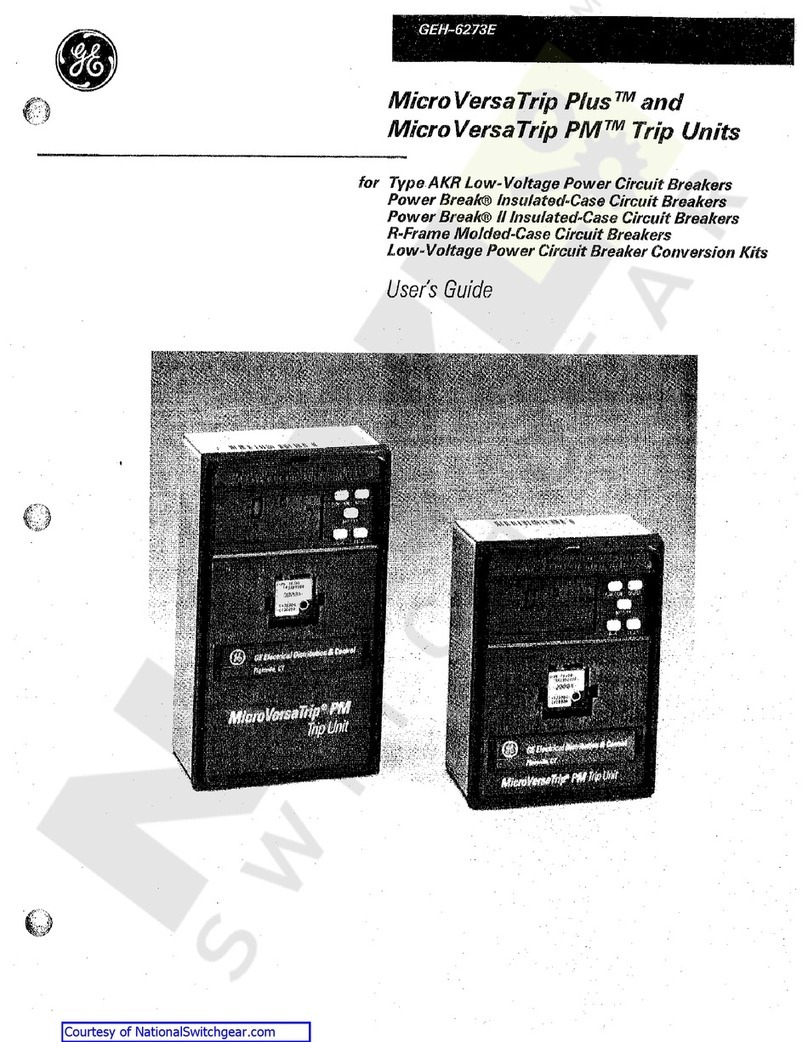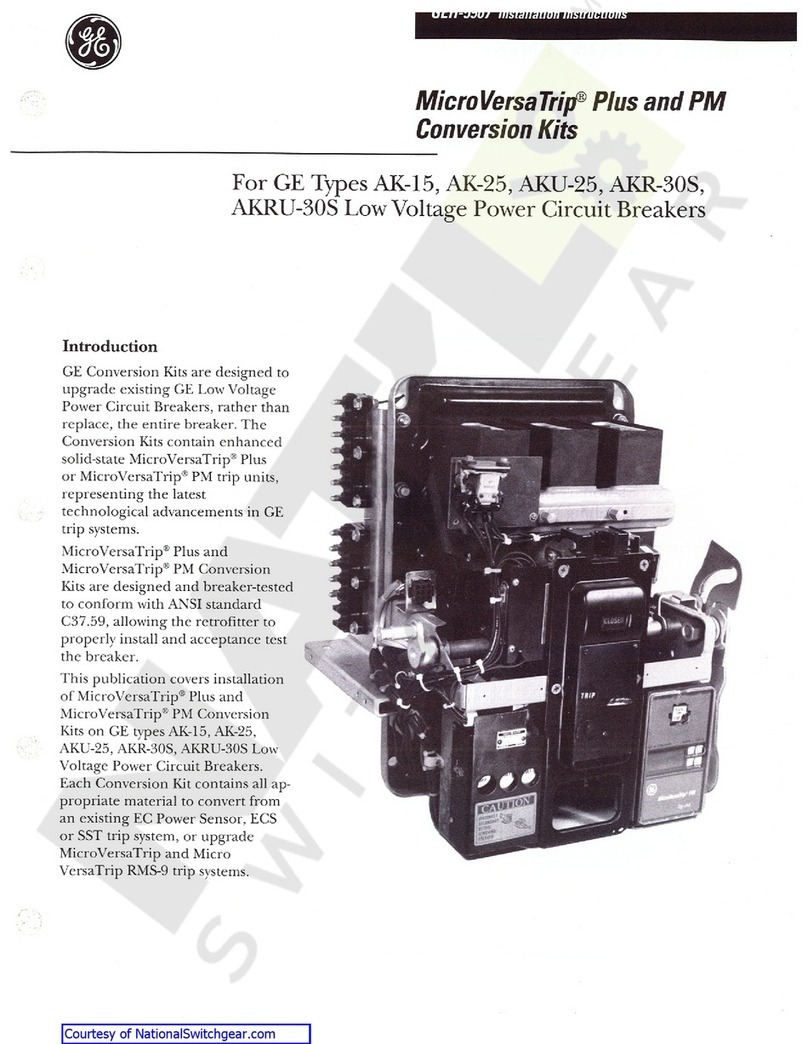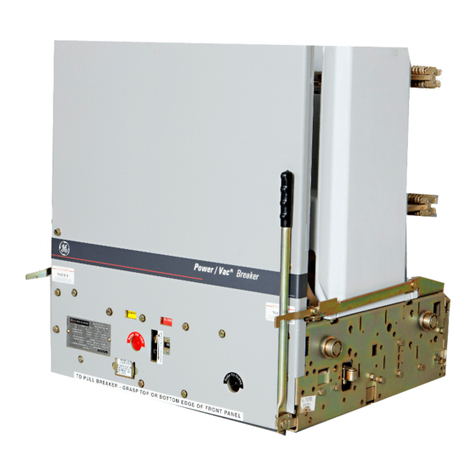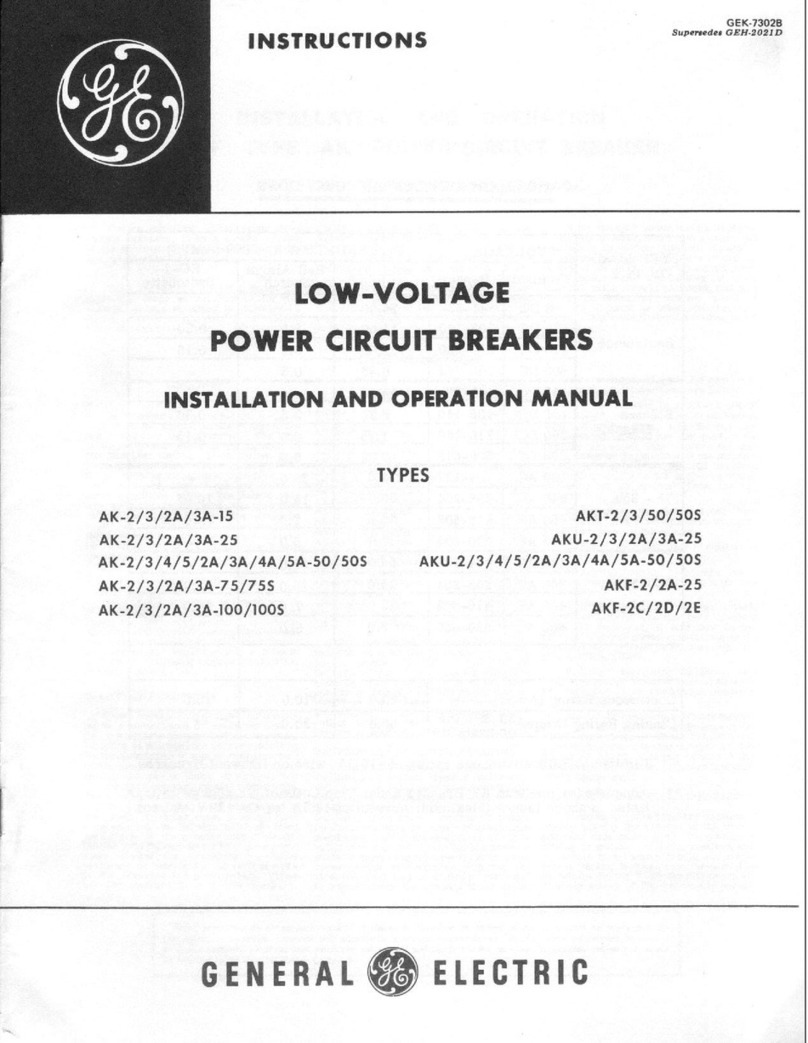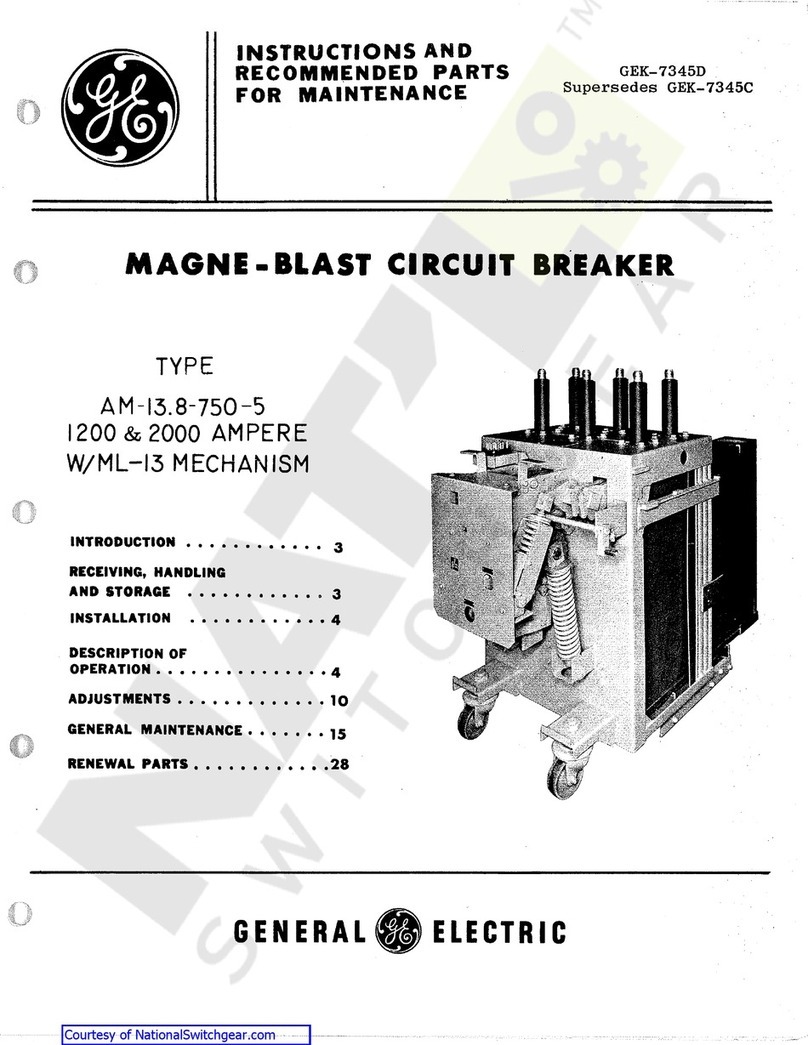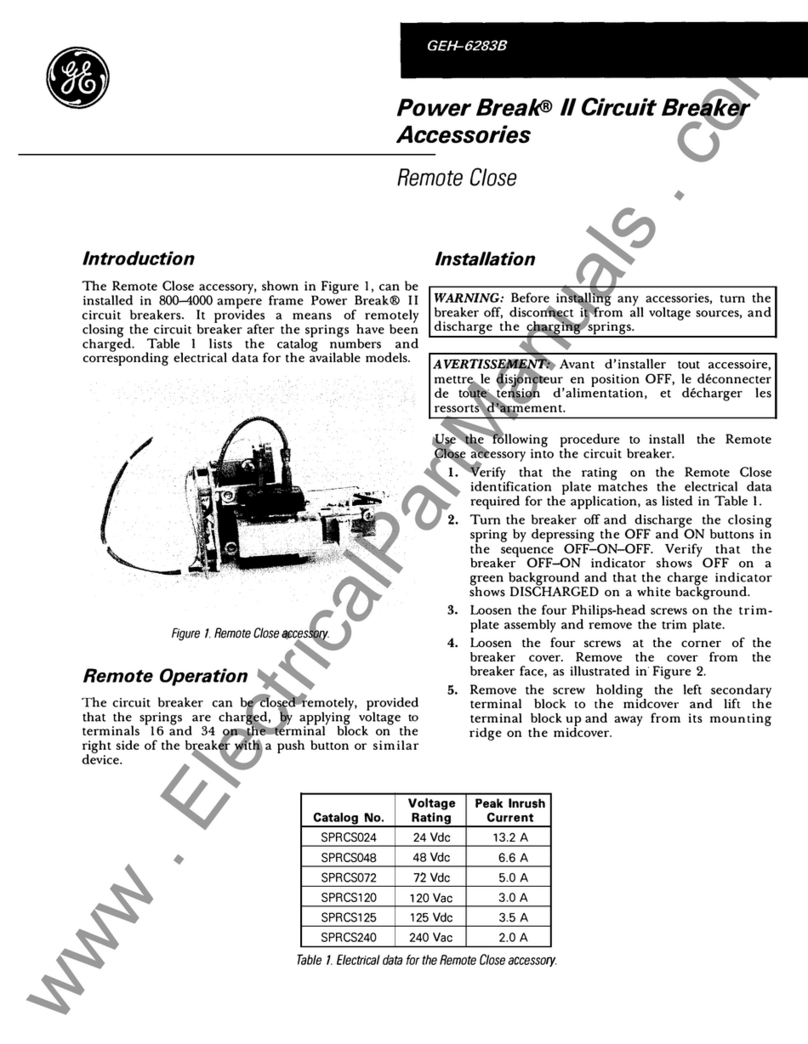GE SPST012 User manual
Other GE Circuit Breaker manuals
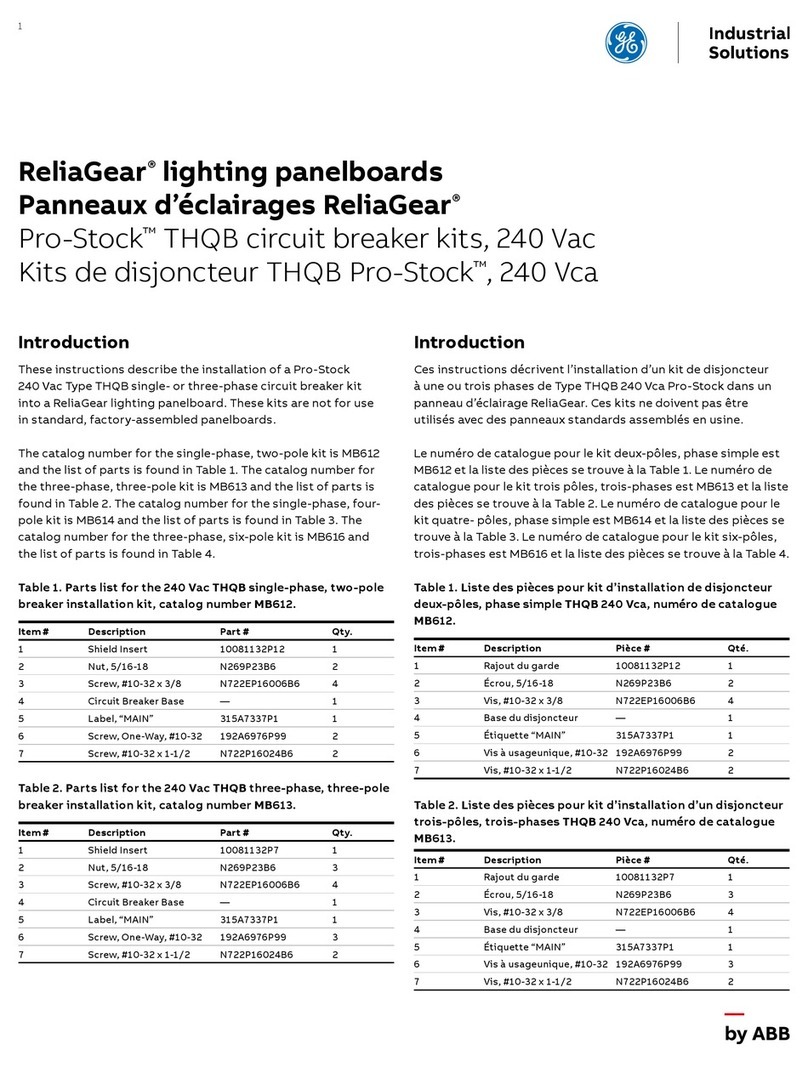
GE
GE ReliaGear Pro-Stock THQB User manual
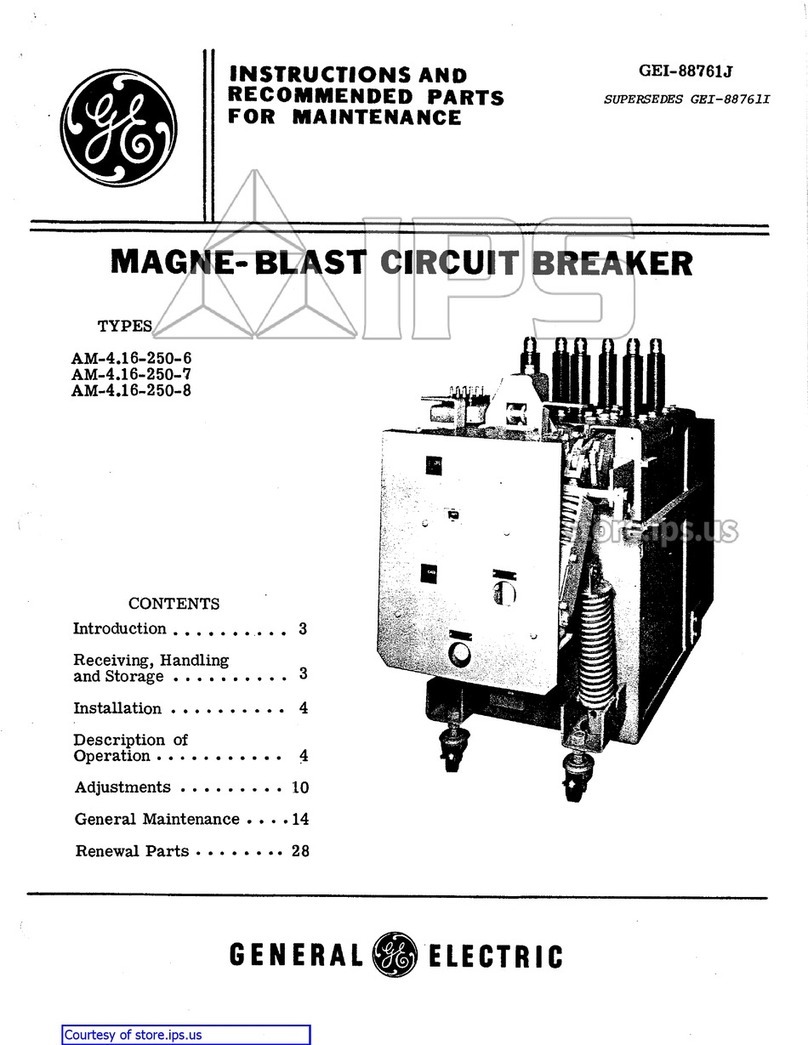
GE
GE AM-4.16-250-6 User manual
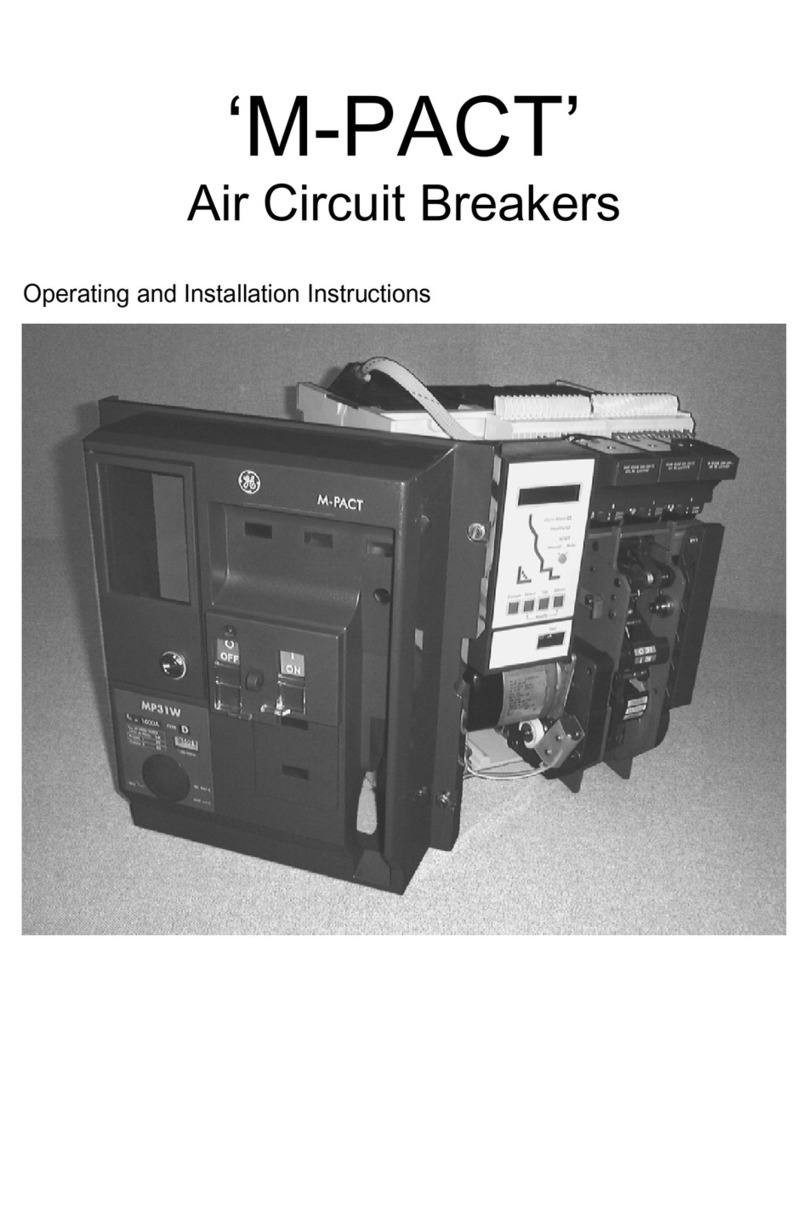
GE
GE M-PACT User manual
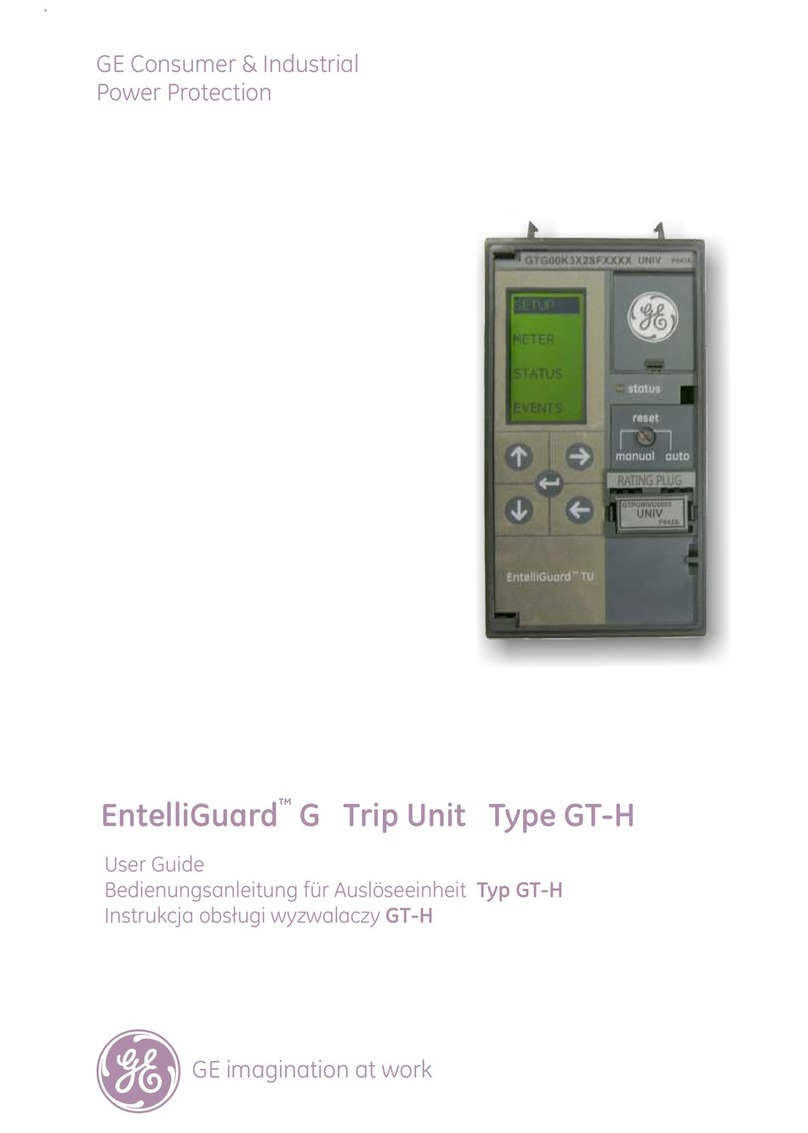
GE
GE EntelliGuard GT-H User manual
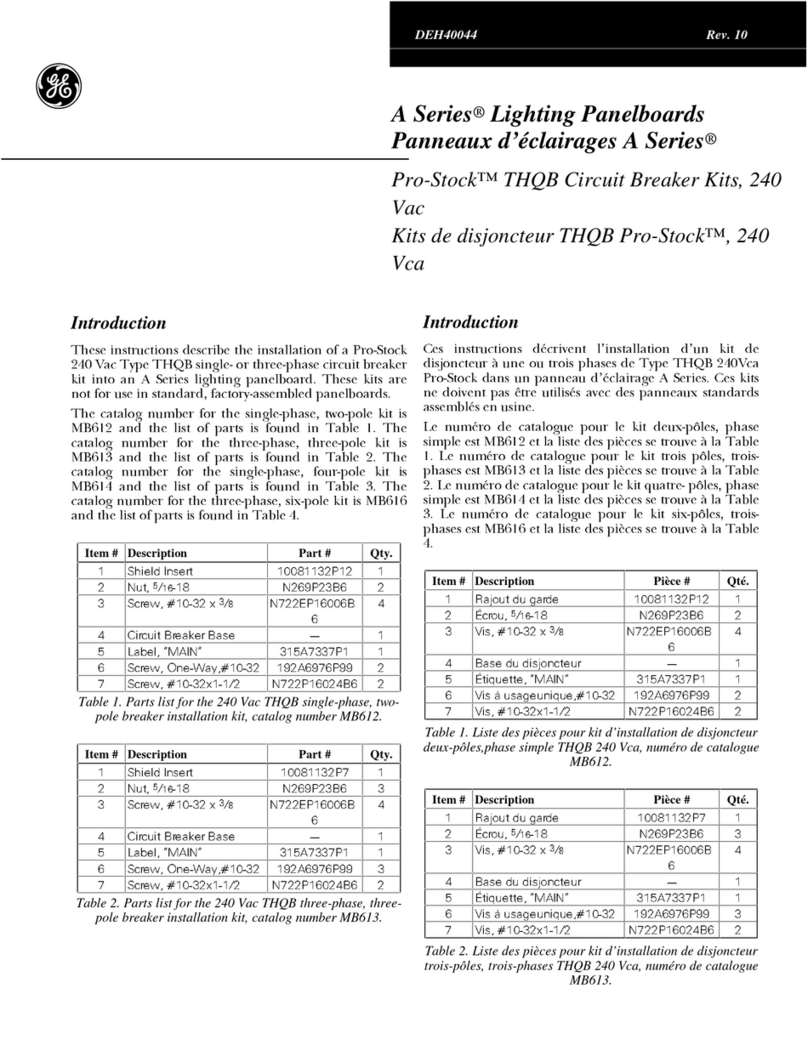
GE
GE A Series Pro-Stock THQB User manual
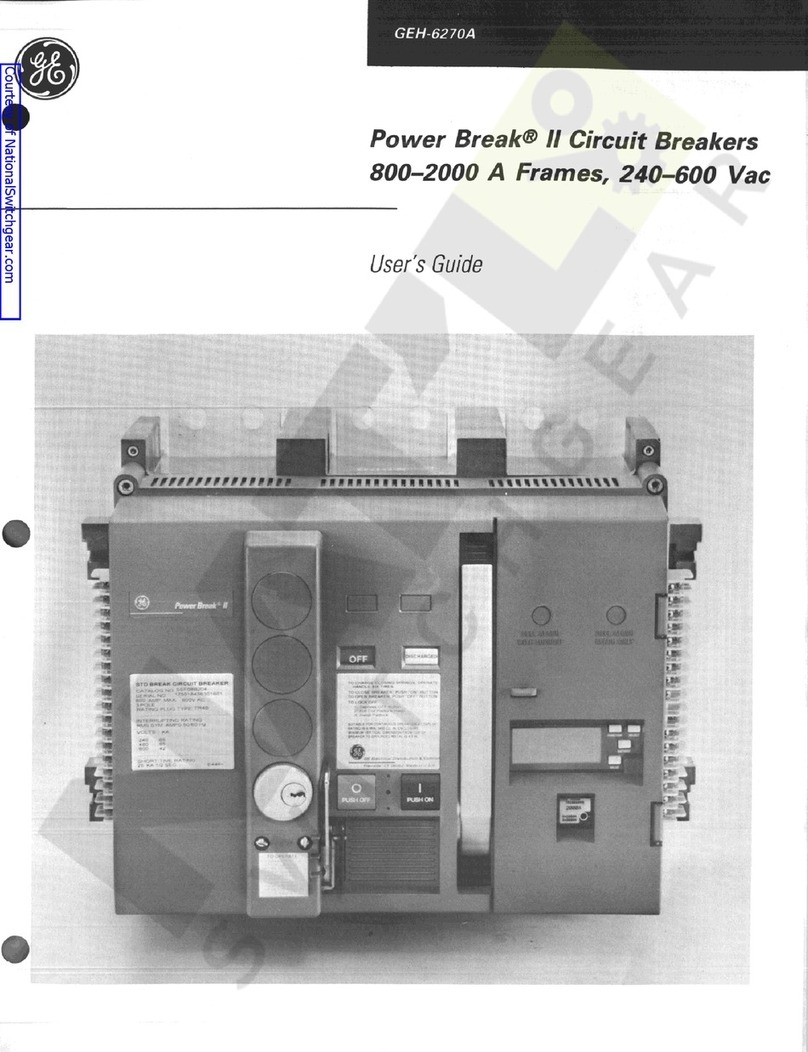
GE
GE Power Break II User manual

GE
GE Magne-Blast AM-13.8-1000-3H User manual
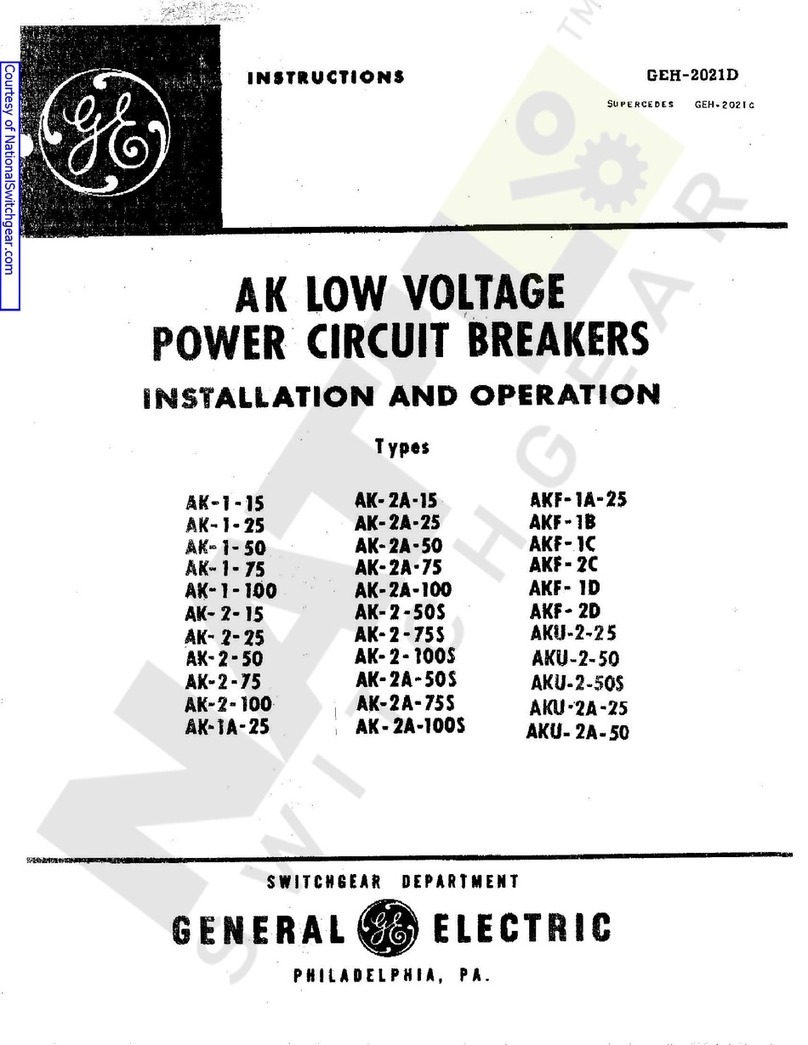
GE
GE AK-1-15 Series Owner's manual
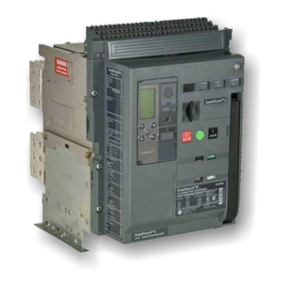
GE
GE EntelliGuard G User guide
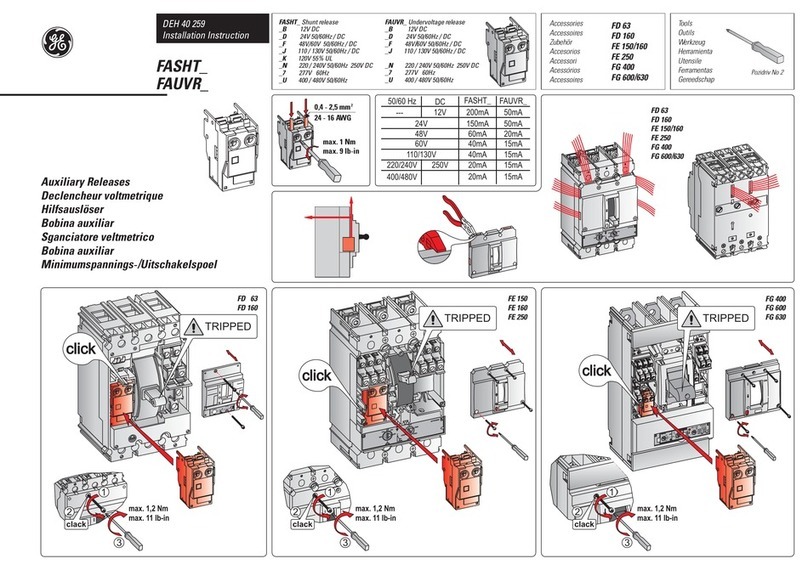
GE
GE FASHT Series User manual
Popular Circuit Breaker manuals by other brands

WEG
WEG FHU ACW125 installation instructions

TERASAKI
TERASAKI NHP TemBreak PRO P160 Series installation instructions

Siemens
Siemens Sentron 3VA9157-0PK1 Series operating instructions

hager
hager TS 303 User instruction

ETI
ETI EFI-4B Instructions for mounting

Gladiator
Gladiator GCB150 Installation instruction

